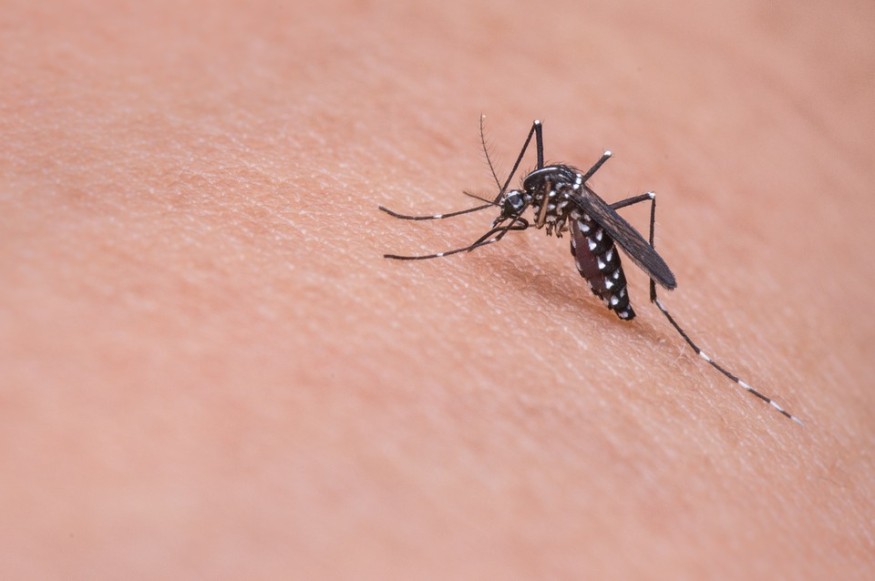
Climate change is affecting the world in various alarming ways. And the spread of dengue fever is one of them.
The Aedes aegypti mosquito carries the dengue virus, and more than half of the world's population is at risk. The virus spreads as a female Aedes aegypti mosquito pierces the human skin to search for blood. It injects saliva and with it, the dengue virus. It will take an estimate of seven to ten days for the virus to make it into the bloodstream, infecting more cells and reproducing in large numbers.
Over 50 million people are infected each year, and approximately one in every 1000 cases is fatal. It is found in many parts of the world but commonly thrives in tropical and subtropical areas with warmer temperatures. This is why most countries that often have dengue fever outbreaks are in the regions of Asia, Africa, Central, and South America, the Caribbean, the Eastern Mediterranean, and Oceana.
However, recent effects of the ever-growing changes of our climate have been altering weather conditions in various continents, raising temperatures even in countries that are not tropical. This has been causing mosquito populations in these areas to grow and cases of dengue fever to increase. A perfect example would be Kathmandu in Nepal.
Nepal is the most recent country to experience the wrath of a dengue fever outbreak, with more than 8,000 hospitalized, and six deaths in the last four months.
This is extremely alarming for Nepal, for their summers are usually still very cool, while their winters are severe. The Kathmandu Valley particularly possesses a very pleasant climate with average summers of 20 degrees to 35 degrees Celcius and 2 degrees to 12 degrees Celcius during the winter. These temperatures are far likely to house Aedes aegypti mosquitos, especially in large numbers. But recent effects of climate change are now changing the course of nature, and Kathmandu is no longer considered an exception to dengue fever.
Being one of the world's fastest-spreading tropical diseases, cases of the fever are now increasing as the climate gets warmer, and mosquitos are finding more habitats to breed in and populate. According to The Years Project, even if the world can meet the goals of the Paris Climate Change Agreement, we can expect 8.8 million more cases of dengue fever each year in Latin America and the Caribbean alone. And if the planet warms half a degree more than the goals of the Paris agreement, it is possible to see 500,000 additional cases.
"Climate change has created the conditions for the transmission of dengue at higher elevations," Meghnath Dhimal, chief research officer at the Nepal Health Research Council, said.
In the Himalayan Mountains, atmospheric temperatures have been increasing by an average of 0.2 degrees Celsius per decade. This means that across Nepal, there are increasingly more days each year that are in the ideal temperature range for Aedes aegypti of 20 degrees to 30 degrees Celsius, according to Dhimal. Areas like the capital are having fewer summer nights and days below 15 degrees Celsius, around where mosquitoes tend to stop feeding.
© 2025 ScienceTimes.com All rights reserved. Do not reproduce without permission. The window to the world of Science Times.











